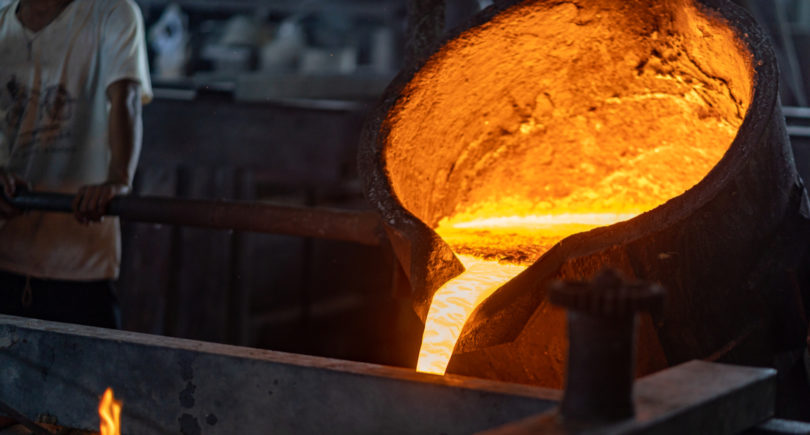
News Global Market EU 1457 16 January 2024
In the European Union, industrial production decreased by 0.2% m/m in November
Seasonally adjusted industrial production in the euro area in November 2023 decreased by 0.3% compared to the previous month. In the EU, the figure decreased by 0.2% m/m. This is evidenced by Eurostat data.
Compared to November 2022, industrial production in the euro area fell by 6.8%, in the EU – by 5.8%.
Among the EU member states, the highest monthly growth in industrial production in November was recorded in Denmark (+9.1%), Slovenia (+3.7%) and Portugal (+3.4%). The largest declines were observed in Greece (-4.1%), Slovakia (-4%), and Belgium (-3.8%).
According to Eurostat, in November 2023, industrial production grew the most in Denmark (+14.4%), Croatia (+4.8%) and Sweden (+3.4%). At the same time, Ireland (-30.4%), Belgium (-11.6%) and Bulgaria (-10.9%) showed the largest drop in industrial production compared to November 2022.
In November 2023, energy production in the euro area increased by 0.9% m/m, and in annual terms it increased by 0.8%. In the EU, energy production in the same period increased by 0.7% m/m, and by 1% compared to November 2022.
As GMK Center reported earlier, inflation in the Eurozone in November 2023 increased by 2.4% y/y slowing down from 2.9% in October. Thus, inflation in Europe updated the minimum since July 2021.
Also, the European Commission worsened the prognosis of growth in the eurozone economy for 2023 and 2024, as inflation is still too high, consumer spending declines and Germany, the region’s largest economy, slips into recession. It is expected that the GDP of the Eurozone will grow by 0.8% in 2023 and by 1.3% in 2024. These figures are lower than the May forecasts of 1.1% and 1.6%, respectively.



